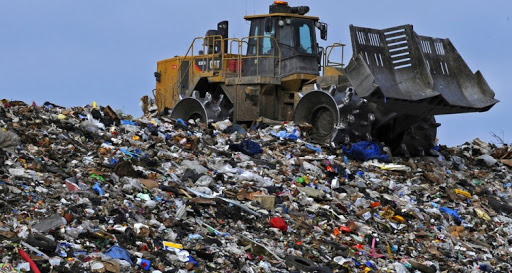
The different waste collection methods in Orange Park vary according to their nature. They are as follows:
Household waste is collected door-to-door at the whole county level. This is all waste relating to the times the individuals who produce them daily, the municipalities have the burden of collecting and destroying them, as well as the factory that technically is the guarantor of this destruction. Orange Park production is 218,000 tons in 2008 or 309 Kg per inhabitant per year. But the acuteness of the problems posed by household garbage is expected to increase steadily, due to the increase in population.
The collection of other waste similar to household waste, namely all other waste from households or of the same nature as household waste cannot be done with regular waste given the important volume and the toxicity of the latter. So the bulky waste or “monsters” i.e. large-scale waste (furniture, appliances, etc.) are handled separately by dumpster rental companies. Waste can also be attached to it automotive (tires). The collection of this waste is much less organized than that of regular household waste.
However, there are several methods of collecting bulky items: (1) door-to-door collection, as for regular waste, but with a much lower frequency, usually once a week. Experience shows that this collection method is not sufficient, since this waste is often produced during storage and they can hardly be stored by the residents, especially while awaiting collection.
Some door-to-door collections are not done with a regular frequency, but on call from the individual to the town hall. In addition, the update arrangement of dumpsters on the public highway tends to decline because it collects all-round waste (household waste, waste from artisan traders, corpses animals, etc.): this method of collection therefore has the disadvantages of not be very aesthetic.
Finally, the recycling center is a place where individuals can bring all kinds of waste, including bulky items, and sometimes a dumpster rental company will take care of it for them. But, a recycling center does not replace a landfill, especially as waste that is brought to the recycling center just passes through and is then sent to the various recovery channels.
The waste is distributed in different containers according to its nature. the recycling facility is a closed and guarded place. Bringing this bulky waste to a recycling center therefore allows some waste to be repaired and resold, and some are just recycled: paper-cardboard, glass, plastic. Also, 110 kilos of paper and cardboard are thrown in the trash by every resident of Florida.
A significant consumption since it amounts to 80,000 tonnes of paper: 30,000 tonnes come from manufacturers, traders or communities, and 50,000 tonnes are thrown directly into the recycle bin by individuals. Only 15,000 tonnes of paper are recovered for recycling.
According to Orange Park dumpsters, once sorted, pressed and packaged, they leave for East Africa, Southeast Asia and China. Why are they recycled there rather than locally? Experts explains that the deposit is much too small to consider the creation of a recycling facility. In New England, there are only two or three facilities. These are very important installations, which require substantial investments which could not be profitable here. Recycling does not yet make a big deal, in addition, these factories are very polluting.
Then comes banal industrial waste resulting from artisanal, commercial or industrial activity and not having a priori a toxic character. Their type is the same as that of household waste, so they can be eliminated using the same techniques, but their production is more massive. Manufacturers take care of their elimination.
Out of the 68 000 tons of ordinary industrial waste produced in Orange Park every year, 16% are already recycled. In fact, estimates are difficult especially when it comes to surveys because local companies are not very communicative.






